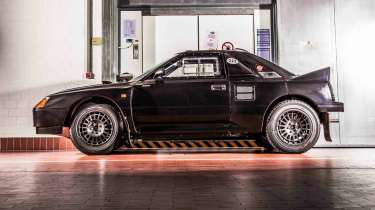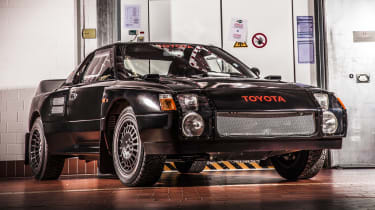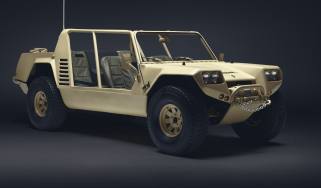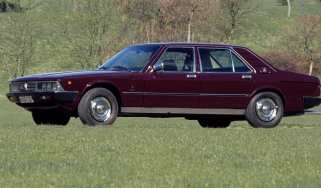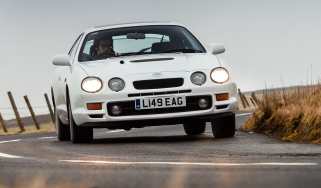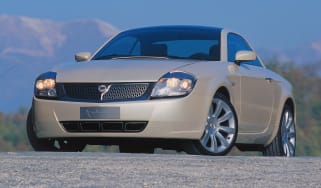Toyota 222D – dead on arrival
This 750bhp rallying MR2 could have seen Toyota conquer the stages, but instead fate intervened
Group B rallying of the early ’80s had been a mixed bag for Toyota. Its Celica Twin Cam Turbo had scored wins on endurance events like the Safari Rally, where toughness and relative simplicity paid dividends, but in less brutal conditions the front-engined, rear-drive coupe lacked the power, agility and grip to beat the custom-made Group B monsters.
By the mid-1980s, however, changes were afoot and even the most steroidal works-spec beasts were about to seem tame next to the avant-garde special-stage maniacs of Group B’s new and free-thinking brother, Group S. The key to this liberation was a change in rules, ditching the requirement for 200 homologation cars and obliging manufacturers to build just ten identical examples before going rallying. While 200 cars presented an expensive obligation that demanded a low-volume assembly operation, ten cars was a feasible number to run up in a racing workshop, meaning entrants could get wild with the specs without blowing half the budget constructing dozens of road-legal replicas.
> Ford RS1700T – Dead on arrival
The reduced obligations of Group S were Toyota’s cue to come up with a brand new, bespoke rally car carrying its engine in the middle. The foundation for this new contender, codenamed 222D, seemed to be a marketing department no-brainer. While Peugeot, Lancia and Austin Rover had to pretend their mid-motor rally weapons were related to the hatchbacks they loosely resembled, Toyota had recently announced an actual mid-engined road car on which the 222D could be based.
Of course, the end result was about as close to an MR2 as a 6R4 was to your grandmother’s Metro Vanden Plas, since the showroom MR2 was a steel monocoque car with MacPherson struts all round while Toyota Team Europe in Cologne gave their new rally car a space frame carrying double wishbones at the front and a multi-link set-up at the rear. At least the composite shell largely resembled a swollen MR2, though there was one big design change: the ill-fated Ford GT70 and wonky-eyed TR7s had amply demonstrated that pop-up lights weren’t great for rallying, so the 222D gained a new front end with fixed lamps behind Perspex covers.
The first prototype was completed in February 1985, initially running the engine from the Group B Celica before Toyota upped the ante with a brawnier turbocharged four, codenamed 503E, intended for endurance racing. In some prototypes this engine sat crossways and drove all four wheels. In others it was mounted lengthways and turned only the rears. Either way, the 222D wasn’t without problems, cursed with limited suspension travel, knife-edge short-wheelbase twitchiness and lashings of ’80s-spec turbo lag. Further development might have mitigated these issues but it wasn’t to be. In May 1986 the death of Henri Toivonen at the wheel of his Delta S4 was a high-profile tragedy too far and Group B was immediately cancelled, ironically just a day after Toyota Team Europe started work on a new facility to make and run its fleet of 222Ds.
Pre-emptive attempts to make Group S safer proposed rule tweaks that worked against the 222D, variously suggesting a minimum weight of 1000kg, a max turbocharged engine capacity of 1.2 litres, or maybe 2 litres at a push, and a 300bhp power cap. The lighter, rear-drive 222D weighed a dainty 750kg, while its mighty engine was a 2.1-litre, claimed to be capable of delivering over 750bhp.
In the end all of this was irrelevant because Group S was abandoned before it could begin and the 222D prototypes were condemned to the scrapper. Yet three of the 11 built survive to this day, and one was even brought back to life after years in mothballs and has been fired up for events such as the Goodwood Festival of Speed, just to remind people of what might have been.
This story was first featured in evo issue 300.
